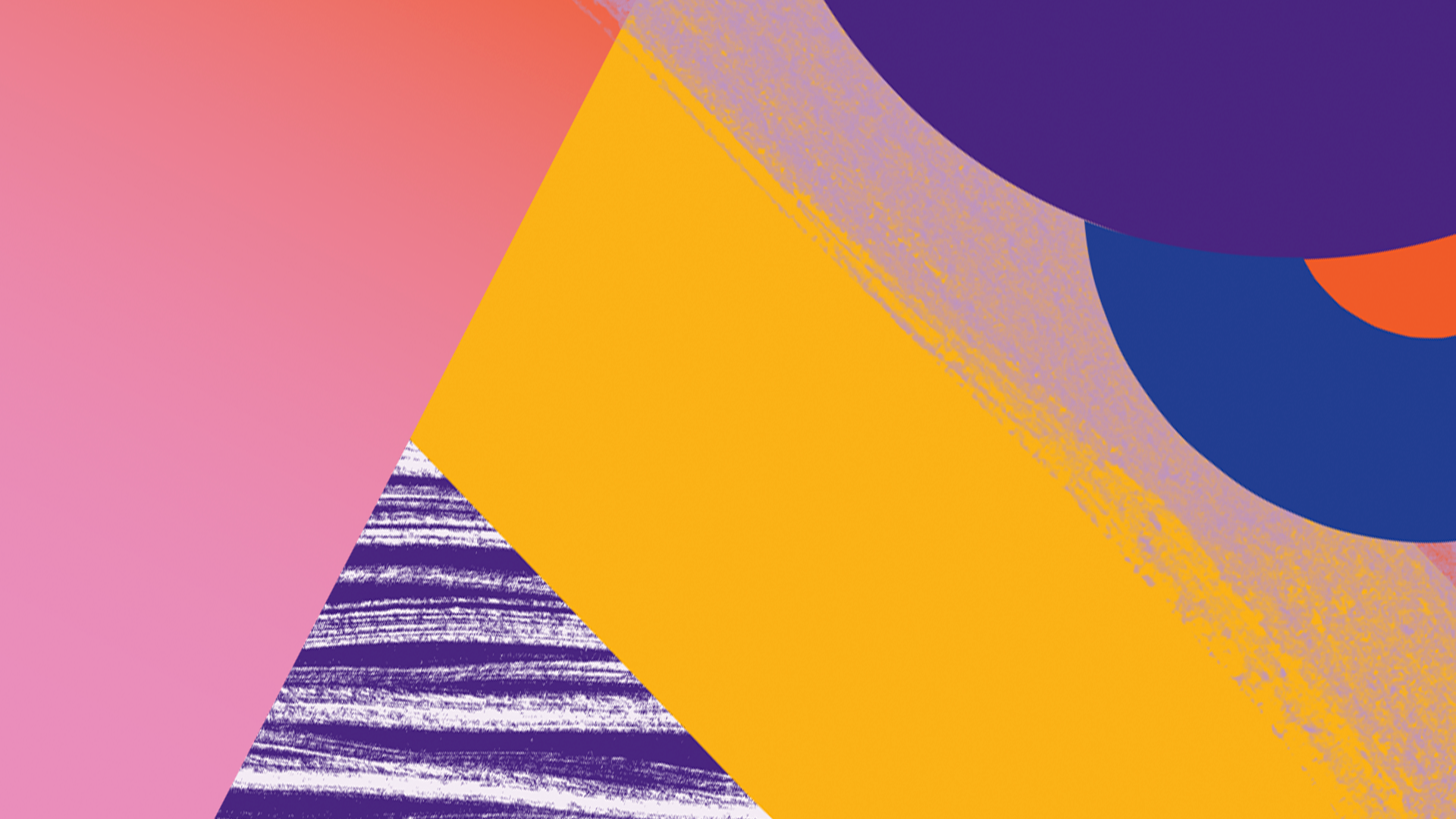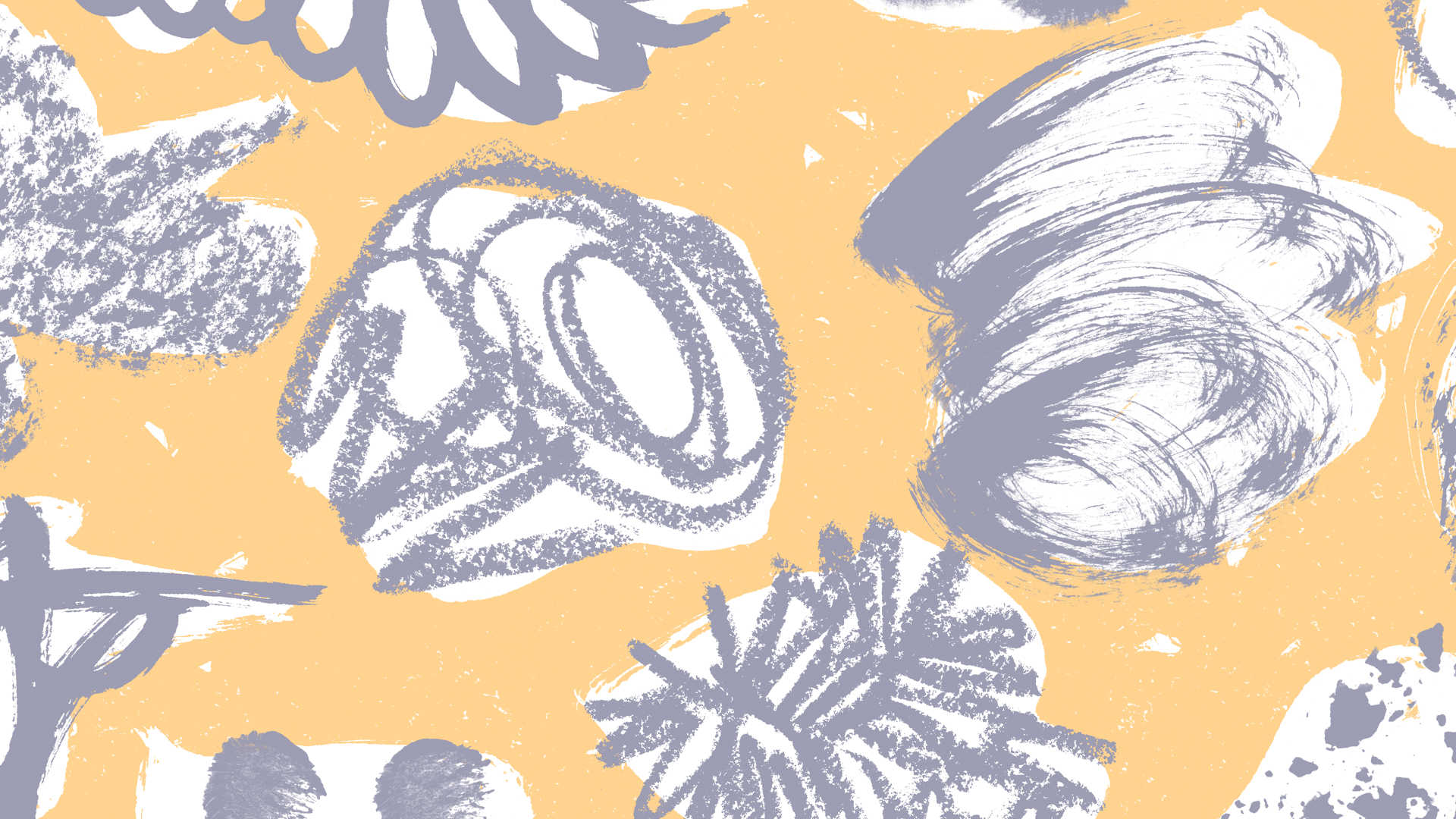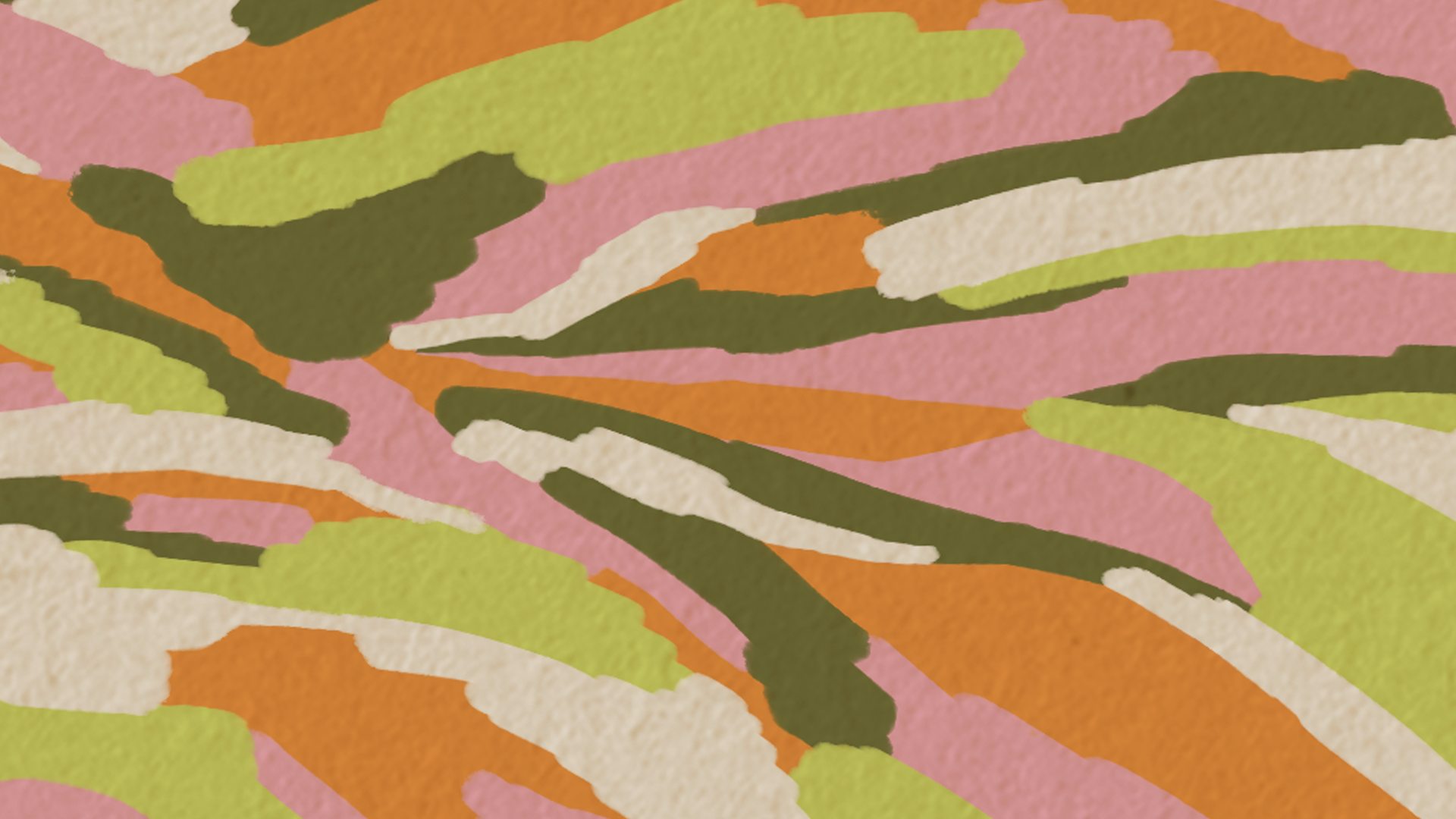Breadcrumb
Managing hazards and risks is a critical part of creating a safe workplace.
The goal of managing risk is to prevent harm by eliminating hazards.
If elimination isn’t possible, the aim is to minimise risks as much as is reasonably practicable.
A hazard is anything that has the potential to cause harm.
A risk is:
- how likely a person will be harmed if they are exposed to the hazard, plus
- how severe that harm could be.
PCBUs are legally required to manage hazards and risks. Workers also have a duty to take reasonable care for their own health and safety and follow the reasonable instructions of a PCBU. These legal obligations are called work health and safety (WHS) duties.
Managing hazards and risks involves:
- Identifying the hazards to find things in the workplace that can cause harm. An important part is having a way for workers to report hazards when they see them.
- Assessing the risk to work out how likely it is that someone could be harmed, how serious the harm could be, and what action to take to control it.
- Controlling the risk to eliminate them, of if that’s not possible, to minimise the potential harm. It’s important to use the most effective control measures you reasonably can.
- Reviewing the controls over time to check how well they are working. This includes checking the controls are still effective and adjusting them if they’re no longer suitable of effective. It also includes identifying any new hazards or risks that need to be considered.
- Keeping records of the steps taken to manage risks. This includes noting what hazards were identified, risks assessed, the control measure chosen, and when they were reviewed.
Learn more about identifying, assessing and controlling:
The best way to manage hazards and risks is to design tasks and equipment to be safe to start with. Learn how to involve workers in safety planning and design through WHS consultation.
1. Identify hazards
The first step is to identify what could cause harm in a workplace.
Some practical ways to identify hazards include:
- Walk through the workspace — Look for things like loose cables, damaged equipment, or cluttered work areas.
- Review workplace activities — Think through the tasks workers do that could cause harm. For example, handling heavy props, setting up lighting, or using chemicals like paints or solvents.
- Consult workers — Talk to workers in regular meetings and informally can uncover hazards that the workplace might not otherwise know about. Workers often have valuable insights into where issues arise during their tasks. Learn more about WHS consultation.
- Inspect equipment and tools — Regularly checking that all equipment and tools are in good condition and used properly. This is especially important for equipment and tools that are higher risk. For example, performing pre-start checks on forklifts and checking power tools or rigging.
- Examine past incidents or near misses — Reviewing records of previous incidents can highlight hazards that require attention to prevent harm.
In practice:
Constructing a set
During set construction, management consults crew members about safer ways to transport and erect props can reduce injury risks.
Based on these conversations, they design custom tools and storage solutions to further mitigates risks.
Theatre rigging safety
During a regular inspection, a theatre company identifies that improperly secured lighting rigs pose a falling hazard during productions.
After consulting with crew members, they implement a new system where certified technicians inspect and secure rigs before every show.
Common hazards and risks in creative workplaces
| Type of hazard | Some common examples | Associated risk |
|---|---|---|
| Physical |
• Slippery floors in galleries • Uneven surfaces on film sets |
Trips, slips and falls, fractures and bruises |
| Chemical |
• Paint fumes in artist studios • Welding fumes in workshops • Cleaning chemicals for costumes |
Respiratory problems, skin irritation, long term health issues |
| Biological | • Exposure to infectious diseases from live animals in performances | Disease transmission, allergic reactions |
| Ergonomic | • Poor workstation design for digital artists | Musculoskeletal injuries, repetitive strain injuries |
| Psychosocial |
• Stress from tight deadlines during performance preparations • Bullying from crew members |
Mental health issues such as anxiety and depression |
| Noise exposure | • Loud sound checks and concerts (above 85 decibels) | Hearing loss or damage |
| Manual handling | • Moving heavy equipment or props | Back injuries, strain injuries |
| Electrical hazards | • Faulty stage lighting or overloaded circuits | Electric shock, fire hazards |
| Mobile plant | • Operating forklifts during event setup | Crushing injuries, collisions |
| Working at heights | • Installing lighting or decorations on elevated platforms | Falls, serious injuries or fatalities |
2. Assess the risk
Once a hazard has been identified, a risk assessment can help work out:
- how severe the risk is
- what action is needed to control the risk
- how urgently is action needed
- if existing control measures effective.
To properly assess risk, you need to consider:
- the likelihood that harm will occur, and
- how severe the consequences of that harm would be.
There are additional things to consider when assessing some hazards (especially psychosocial hazards), including the frequency, intensity and duration of being exposed to the hazard. Learn more about psychosocial hazards.
Use a risk matrix to help you assess
A risk matrix can help with evaluating these factors. A risk matrix is a colour-coded chart that can help you work out how high or low the risk your hazard is.
We like the risk matrix created by RMIT. You’ll find it on their using a risk assessment page under the heading ‘How does a risk matrix work’.
(While you’re there, read the case study on the Fyre Festival, infamous for its disastrous planning and execution: an example of how not to plan and run an event.)
You can also read about how to manage high risk work activities like working at heights by visiting our high risk work page.
3. Control the risk
A hierarchy of control measures can help reduce exposure to hazards.
The hierarchy starts with the most effective control measure (number 1) through to least effective (number 5).
Hierarchy of control measures
- Remove the hazard completely (Eliminate)
- Use a safer alternative (Substitute)
- Implement physical changes, like guardrails or ventilation systems (Engineer)
- Establish policies, training, or schedules (Administrate)
- Provide gloves, masks, or other safety gear (PPE – Personal Protective Equipment)
When deciding on which control measures to use, aim to implement the highest level of controls that is reasonably practicable, based on your risk assessment and the specific circumstances of your workplace.
Visit SafeWork Australia for more about control measures and the hierarch of control measures.
In practice:
Film set cable management
On a busy film set, numerous cables create tripping hazards.
The production team introduce colour-coded cable covers and mark designated cable paths. This control reduces the risk of trips and falls.
Music studio noise reduction
In a music recording studio, prolonged exposure to loud playback causes worker fatigue and potential hearing damage.
The studio introduces soundproof booth dividers and provides musicians with high-quality noise-cancelling headphones. This control reduces the risk of hearing loss.
4. Review risks and controls
Workplaces change, and new hazards can arise.
It is important to review your risks and controls regularly to ensure they remain effective.
You should also review them:
- after workplace incidents or near misses
- when making significant changes in the workplace
- when WHS regulations are updated.
In practice:
Ventilation and respiratory protection in a welding workshop
A small props workshop regularly conducts welding tasks.
To mitigate risks from welding fumes, ventilation systems are installed to extract fumes at the source. Additionally, all welders are provided with and trained to use respirators with appropriate filters.
Regular checks ensure the equipment functions effectively
Two years after installing the ventilation system, the workshop expanded its space and added more workstations. This increase in size and activity meant the existing ventilation system was no longer sufficient to protect workers.
As part of their review process, the business assessed the new setup and upgraded the ventilation system to handle the increased workload and ensure worker safety.
5. Encourage hazard reporting and keep records
Workers should be encouraged to report hazards as soon as they are noticed.
Reports can be taken:
- verbally
- on written forms
- via electronic systems including by email.
What works best will depend on your workplace.
It is important to address hazards promptly when they are reported (by assessing and controlling the risks). This builds trust and shows workers that their safety concerns are valued and prioritised.
It is also good to keep records of any hazards that are reported. Records can help ensure that appropriate follow-up actions are taken, and that there is a record of the issue for future reference.
SafeWork NSW has a handy hazard and incident report template. (It is useful even if you’re not in NSW.)
Read about WHS reporting and monitoring to learn more about reporting and documenting safety issues.
Keep learning
Case study: Music festival hazard and risk management
First, the organisers identify the hazards
Rendezvous is an annual music festival. About 5000 people attend each year.
During the planning phase, the organisers spend significant time working out how they will manage hazards and risks associated with the venue, equipment, and activities.
The organisers:
- conduct a site walkthrough of the outdoor venue
- consult with contractors (for example, stage builders, sound technicians) and staff
- engage with previous festival safety reports.
The hazards they identify include:
- risk of crowd crush near stages
- weather-related issues, like heat exhaustion or slippery ground during rain
- manual handling risks when assembling the stage and large marquees
- electrical risks from temporary lighting and sound equipment.
The organisers implement a system for staff and contractors to report hazards quickly, such as using a mobile app to flag concerns in real-time.
Then they assess the risks
The organisers assess the risks to work out how likely harm is and how severe it could be. For example, they assess that:
- crowd crush is likely in areas where crowds converge, like near stages. Serious injuries could include fractures or suffocation in extreme cases
- attendees are likely to be susceptible to heat exhaustion unless there are proper shading and hydration options
- If temporary setups are damaged or installed incorrectly, risks could include electrocution or fire.
This risk assessment helps the organisers prioritise controls to mitigate risks effectively.
They put in controls for the risks
The organisers implement a range of controls:
- For crowd crush risks:
- designated clear entry and exit points are set up near stages and monitored by security staff
- barriers are added to manage crowd flow
- clear and visible signage directing attendees to quieter areas are installed
- For weather risks:
- shaded rest areas with misting fans and free water stations are set up
- weather monitoring and a protocol for extreme weather evacuation are established
- For manual handling risks:
- trolleys and hoists are provided, and team lifting procedures for assembling heavy equipment are implemented
- contractors and staff are trained to use of equipment properly and on assembly protocols designed to minimize strain and ensure safe handling practices
- For electrical risks:
- all temporary power setups are installed by licensed electricians
- protective covers for power cables are installed
- high-voltage areas are clearly labelled or signed.
They review the controls throughout the event
The organisers conduct regular reviews throughout the event lifecycle:
- During setup: supervisors observe and note any issues with stage construction or cabling. The organisers ensure adjustments are made immediately for any risks observed.
- During the event: a safety officer monitors crowd density and adjusts barriers if certain areas become congested.
- After the event: they hold a debrief with all the teams. They assess what worked well and what didn’t, highlighting lessons for next year. For example, if there were reports of long lines at water stations, more stations would be added the next year.
They keep good records
The organisers keep detailed records to ensure they meet their compliance obligations and for their own future reference. The records include:
- the initial risk assessment
- the controls implemented and their effectiveness
- reports from safety officers, staff, and contractors during the event
- updates or new hazards identified during setup, the event, and the debrief.
They watch out for other reasons to review the controls
As well as reviewing the controls during the event, there are other triggers for reviewing and reassessing hazards and risks, including:
- before each festival, based on changes to the event setup, such as new stages or increased attendance
- after any incident during the event
- when new hazards or risks are identified
- when there are updates to WHS laws, for example, changes to regulations affecting temporary structures or electrical safety.
More in this section:
Environmental hazards in the workplace
Understanding and controlling environmental hazards is an essential part of creating a safe and healthy working environment for workers and members of the public. It is also key to meeting WHS obligations.
Physical hazards in the workplace
Understanding and controlling physical hazards can create a thriving, safe space for creativity to flourish. It’s also the law (and key to meeting WHS obligations)
Psychosocial hazards in the workplace
Understanding and managing psychosocial hazards helps create a great workplace culture and prevent psychological injuries (and is key to meeting your WHS obligations)
High risk work
High risk work is any work that requires a high risk work license. Understand the essential WHS requirements so you can create a safe workplace and meet your legal responsibilities.






